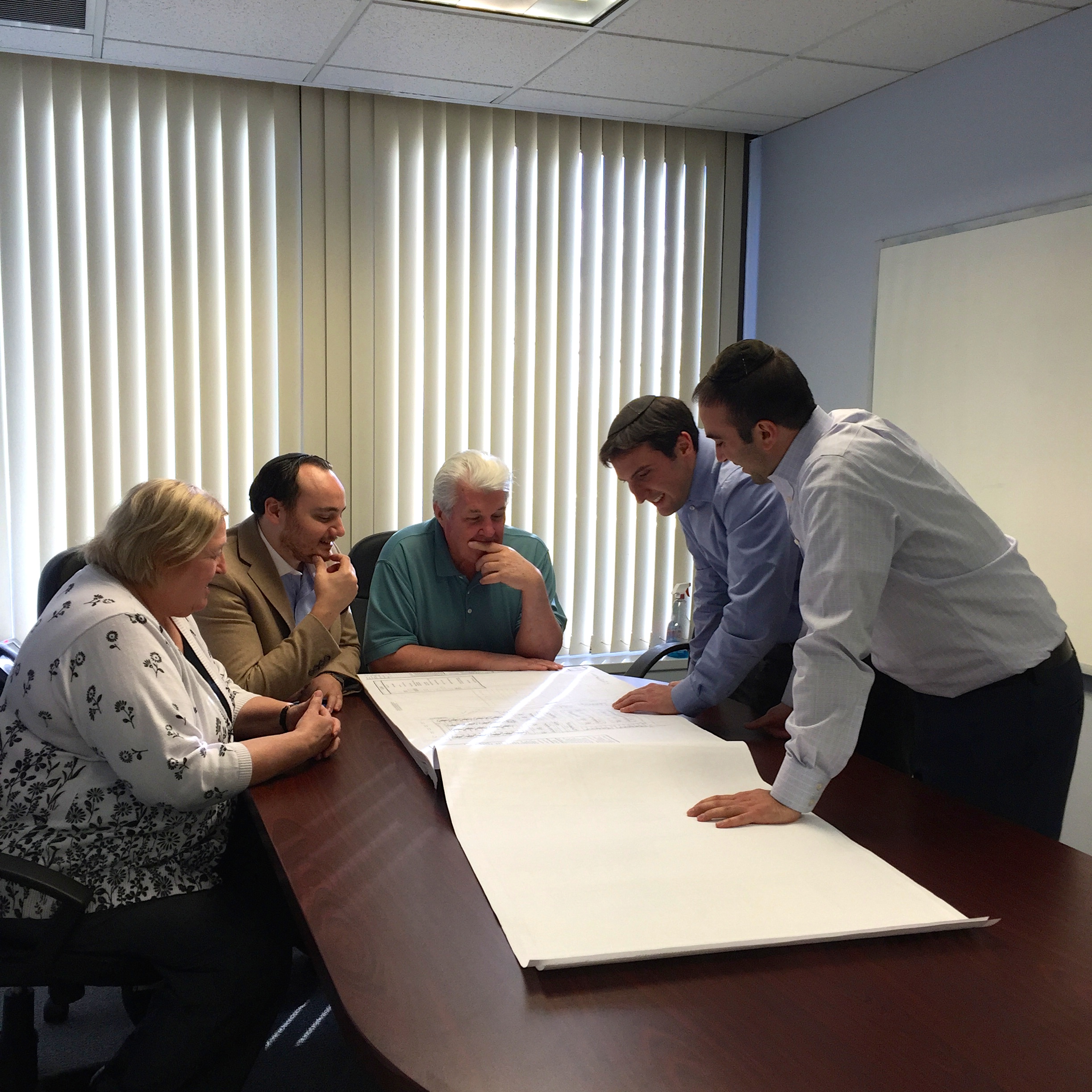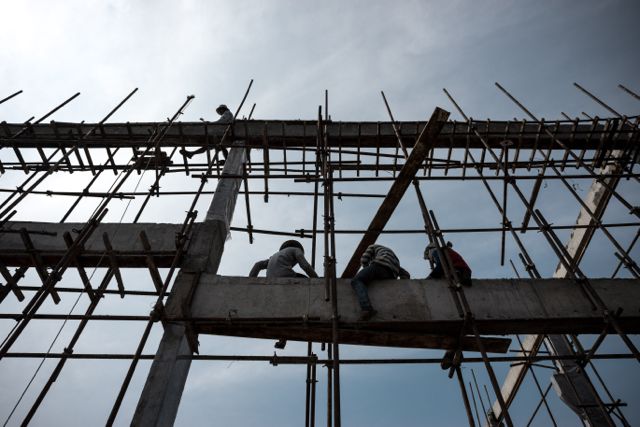In the past, many multifamily developers did not consider FHA a viable option for construction financing. Recent changes have made FHA worthy of a second look.
What’s Changed?
Before. It wasn’t uncommon for loan applications to sit in limbo until field office staff became available to work on them. HUD seemed overly focused on file completeness rather than overall loan quality. Decision-making was inconsistent. Field office staff seemed to see their job as poking holes in loan applications. Processing was frustratingly slow and cumbersome.
Now. Over the past six years, FHA multifamily has been effectively reorganized and overhauled, resulting in better integration of field office staff with Headquarters staff with a real commitment to work with lenders and borrowers. In the new FHA:
- Workload is allocated based on staff utilization; deals don’t queue up.
- Loans are assigned to underwriters who, barring complications, can see the transaction through to firm commitment.
- All construction loans now begin with a “concept meeting” where the pros and cons of the deal are aired, providing the borrower with insight into HUD’s perception of the transaction before committing funds for third party reports and application fees.
Why Rockhall?
Rockhall’s experienced staff can help you structure a transaction with the best possible terms.
Rockhall’s construction lending business is led by Kathryn Thompson. Before her career in FHA lending, Kathryn had a successful development career that landed her in the California Builders’ Hall of Fame. Backing Kathryn up is a team of seasoned professionals who know FHA inside and out and maintain close working relationships with HUD personnel across the country.
Sample Rockhall Transactions
- Legends at Cinco Ranch, TX, New Construction, $18,428,900
- Jefferson Park,,VA, New Construction, $20,260,100
- Broadway Lofts, TX, Sub Rehab, $23,400,000
- P. Fayetteville, NC, New Construction, $12,90,200
- Greater Centennial, NY, Sub Rehab, $13,847,400
- Parkside Towns, TX,, New Construction, $17,000,000
- Ridgewood Apartments,,TX, New Construction, $21,717,900
- Santa Lucia, TX, New Construction, $12,919,600
How it Works: An Example of the New FHA in Practice
The Project: a new construction 168-unit luxury garden apartment project that Rockhall closed last year.
Background: The developer owned the development site valued at $1,442,000 without debt. Rents were underwritten at $1.02 per square foot per month. Operating expenses and reserves were underwritten at $5,165 per unit per annum. The net operating income of $1,004,439 could support a debt service mortgage of $12,919,600.
Total replacement cost for the project was budgeted at $16,728,880 ($99,577 per unit). This replacement cost included a $1,389,716 builder/sponsor profit risk allowance (BSPRA).
The Result: HUD issued a firm commitment a little more than 3 months after receiving the full application. Off-site improvement costs, a twelve month debt service reserve and a working capital reserve were funded at closing. In addition to contributing land equity, the developer provided $2,430,551 of cash at closing. The developer’s total equity and cash investment was 21.3% of total sources with nearly $1.5 million of that going to off-site and start-up expenses.
The project was completed ahead of schedule and quickly leased up. A significant portion of the working capital and operating deficit reserve were unused and will be returned to the developer at final endorsement when the construction loan converts to a fixed rate fully-amortizing 40-year loan.

 Affordable
Affordable 




